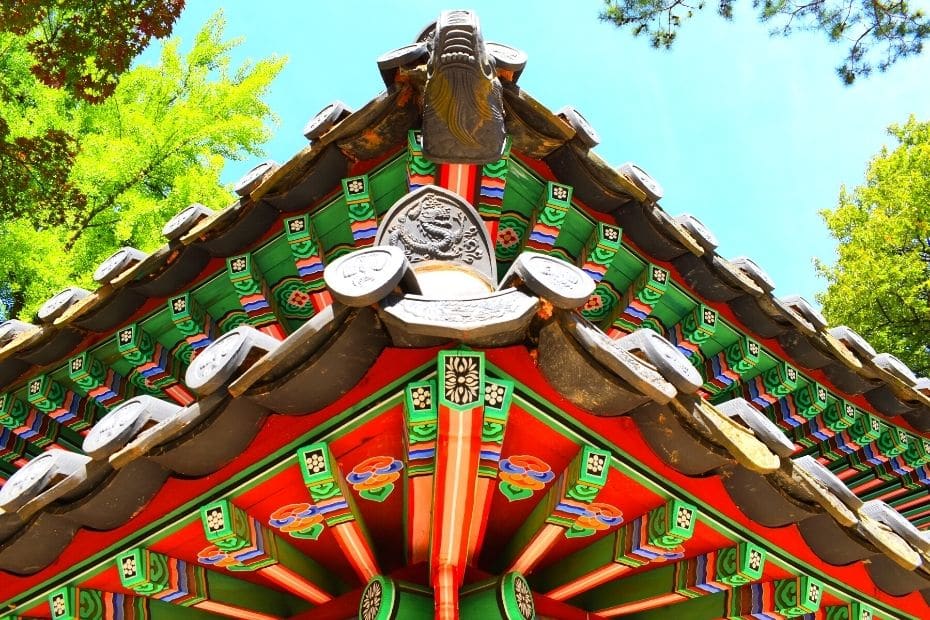
50 Amazing South Korean Culture Facts You’ll Want To Know
How much do you know about South Korea beyond K-Pop, BBQ, and the odd conflict with North Korea? Korea is a diverse country with a rich history and deep culture that has grown to become a must-see destination. With these 50 South Korean culture facts you’ll gain amazing insights into the culture of Korea, the Korean people, life in Korea, food, history, traditions, and lots more.
Each country has its own idiosyncrasies that may seem strange or confusing at first, but when you get to learn them, you find you appreciate a lot more about that culture. After reading these interesting facts, you might start to see interactions and customs you experienced in a different way.
If you’ve already visited Korea, how many of these facts were you aware of? I’ve lived in Korea for more than 5 years and after learning some of these, I can certainly appreciate Korean culture and customs more deeply.
If you want to find out lots of fun South Korean culture facts to share with your friends, and maybe gain some ideas for travelling to Seoul and beyond, then keep on reading. You’re bound to learn something new and interesting. Fact!
Disclaimer: This site contains affiliate links and I may earn commission for purchases made after clicking one of these links. Affiliate Disclaimer
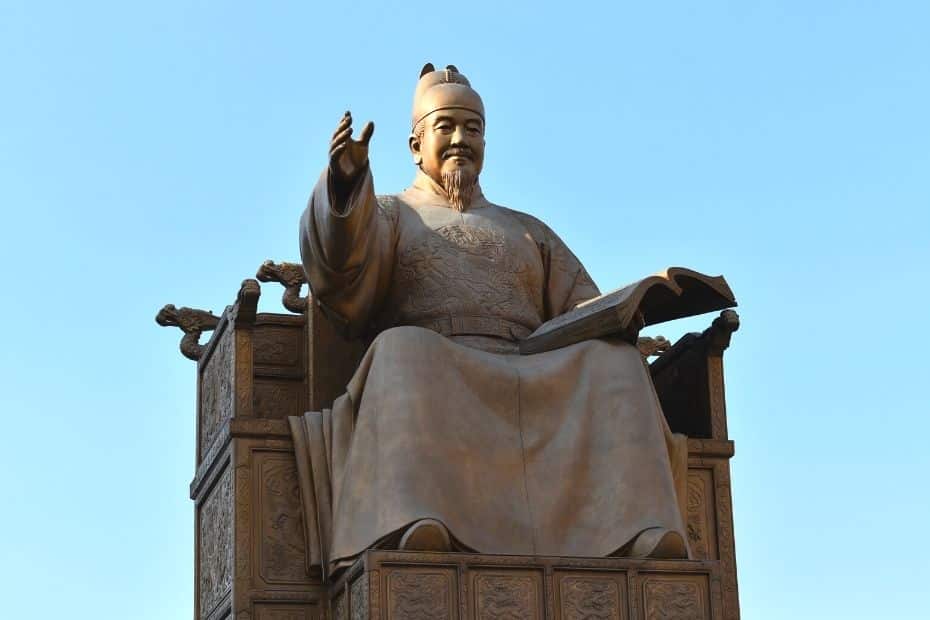
Learn Some South Korean Culture Facts
Korea is a very diverse country with a rich history and culture that is sadly often overlooked by its big neighbours – China and Japan. Whilst certainly being influenced by these big brothers, Korea has also forged a unique identity and culture for itself that is rapidly becoming one of the most influential around the world.
If you want to understand modern Korean culture, you need to understand some of the roots of South Korean culture and the events, history, ideology, and famous Korean people that have helped to shape the Land of the Morning Calm.
Don’t worry, you don’t need to spend years studying Korean history and culture at university. These 50 amazing South Korean culture facts will introduce some of the most interesting and wonderful aspects to you in a short time.
Impress your friends with your incredible knowledge of Korea, boost your understanding and insights of your favourite Korean music, movies, or TV shows, and learn why people behave the way they do in Korea.
Check out my guide to Korean etiquette and culture if you want to know more about what makes Korea such a unique country to explore and learn about.
Read on to find out a wide range of interesting South Korean culture facts.
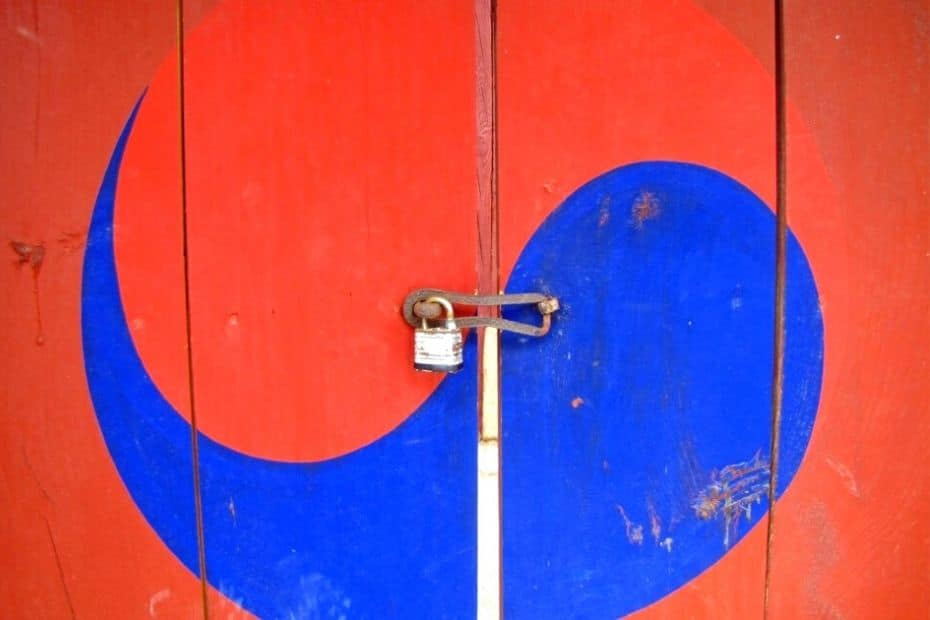
Basic Facts About South Korea
Before going into the 50 South Korean culture facts, here are some basic facts about South Korea to help you understand a bit more about one of Asia’s biggest economies and a growing player on the world’s cultural stage.
- Official Name: Republic of Korea (ROK) – 대한민국
- Population: 51,305,186 (as of 2021)
- Capital: Seoul (also largest city)
- Government: Presidential Republic
- Current President: Moon Jae In (since 2017)
- Official Language: Korean
- Religion: Christianity (27%), Buddhism (16%), Non-religious (56%)
- Currency: Korean Won (KRW)
- National Anthem: ‘Patriotic Song’ – Aegukga
- National Flower: Rose of Sharon or Hibiscus Syriacus – Mugunghwa
- Economic Ranking: 10th (nominal)
- Time Zone: UTC+9
- Electricity Voltage: 220V–60 Hz
- National Flag: Taegukgi – 태극기
- National Holiday: Liberation Day – August 15th
Now, let’s look at some of the really interesting facts about Korea, beginning with one of my favourite parts about any country – the culture.
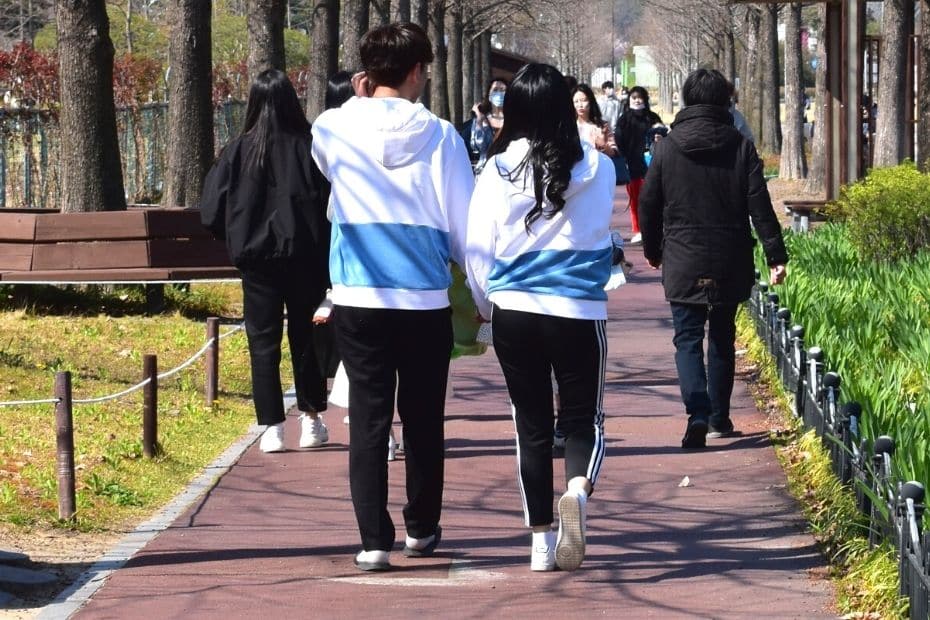
South Korean Culture Facts
One of the most interesting aspects about any country is its culture and superstitions. These are what set them apart from other places. Here are some interesting facts about South Korean culture and superstitions that will surprise and amaze you.
If you visit Korea in the future, be sure to keep an eye out for how many of these things you recognise.
1: South Koreans Believe That Electric Fans Can Kill You
In a country where summer is very hot, it’s surprising to hear that people are scared of electric fans. Known as Fan Death, there is an urban legend that leaving a fan pointing at you will lead to certain death. Stories come up from time to time about people being found mysteriously dead with the culprit being a running fan. Some theories suggest that hypothermia or lack of oxygen (the fan blows it away) are what lead to death. Be warned.
2: Criminals Are Forced To Re-Enact Their Crimes
Known as ‘crime recreation’, people suspected of major crimes, such as rape or murder, are forced to re-enact their crimes. These re-enactments are attended by journalists, who record and photograph what happened, and are used to publicly shame the criminals and show the public what happened. They are also used to help the police determine what happened and to detect anyone who might be claiming to have committed a crime that they didn’t actually do.
3: South Korea Has Many Colourful Love Motels
In city centres around Korea you can find colourful hotels without windows that are a bit too bright and colourful to be normal hotels. These are love motels, discrete hotels with sometimes extravagantly decorated rooms and a focus on anonymity. As the name suggests, these are places where couples can meet up for… love.

F: You Won’t Find A 4th Floor In Most Buildings
Korea is a land of tall apartment blocks and skyscrapers, so it sounds weird that there would be no 4th floor, right? Well, sometimes the 4th floor has been replaced with the ‘F floor’ instead (F for four, I assume). The reason for this is due to the pronunciation for the Chinese character for death, which is the same as the number 4. To avoid wishing bad luck on a building, or the people riding the elevator, the number 4 was removed and replaced with F. This is called tetraphobia.
5: Korean Couples Wear Matching Outfits
One of the reasons there are so many love motels is that public displays of affection (PDA) have traditionally been frowned upon by Korea’s conservative population. To get around this, and still show their affection for each other, young couples in Korea wear matching outfits. It’s not just these romantic fashionistas that coordinate their clothing, it’s becoming increasingly popular to see whole families wearing the same style and even dogs and their owners.
6: It Is Illegal To Sympathise With North Korea
Despite recent improvements in the relations between North Korea and South Korea, it is still technically illegal to sympathise with North Korea for South Korean citizens. Doing so could land you in big trouble for breaking the National Security Law. The law also bans all unauthorised trips to North Korea from South Korea. This rule has only been broken twice in the past, to allow two prominent members of Korean society to pay their respects after the death of Kim Jong Il in 2011.
7: Games Are Bigger Than K-Pop For Korea
Korea makes more money from exporting computer games than it does from K-Pop. In fact, in 2019, Korean games were worth almost 10 times more than K-Pop! Anyone who has played PlayerUnknown’s Battlegrounds, Summoner Wars, Lineage, Sudden Attack, or Maple Story, to name just a few, have enjoyed Korea’s high quality games. Korea is also a mecca for e-sports and you can find big events going on in giant stadiums. There are thousands of PC rooms (PC-Bang in Korean) across Korea, where you can play games all night long for a low price
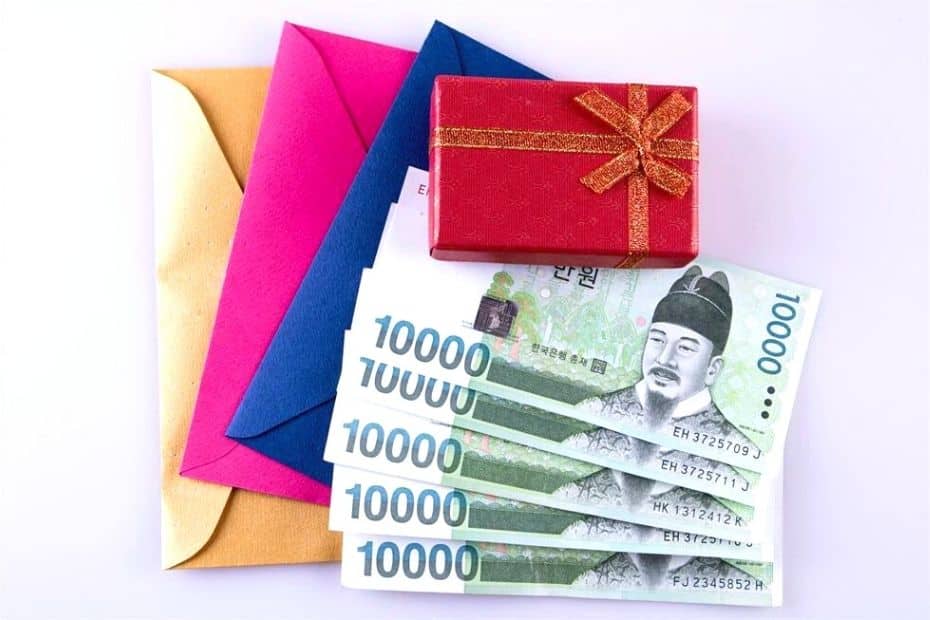
8: You Should Pay Money To Attend A Wedding
Weddings are not cheap, especially when you have to invite so many people. Fortunately, Korea has a unique way to help newlyweds cover these costs. When someone asks you to their wedding, you’ll be expected to deposit a cash gift in an envelope on the special day. People are ok to pay as it’s generally expected that they’ll return the favour one day. This is basically the same as other cultures where you’d buy gifts, but the money can be used for other things, such as a new home.
And when someone gets a new home, there’s a different gift you should give…
9: Koreans Give Toilet Paper To New Homeowners
Aside from the practical use of a load of toilet paper for new homeowners, there’s a deeper meaning behind this gift. This is all to do with the Korean word 풀리다 (pul-li-da), which has many meanings. One meaning is to unroll or unravel, as in a toilet paper being unrolled. This word also means to work out well, which in this case is a wish for the owners to prosper in their new house. Think of it as the toilet paper unrolling its way to a happy life in a new home. The next time you go to a Korean friend’s housewarming, be sure to pack some toilet roll and say ‘jal pul-li-da‘ – best wishes for your new home.
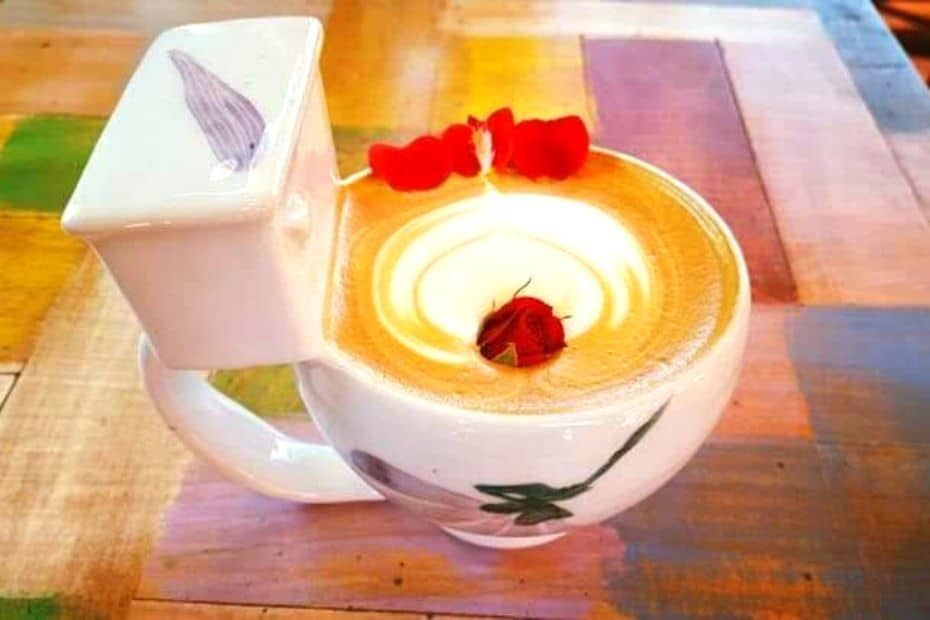
10: Korea Has Some Unusual, Dirty Places To Visit
If you’ve spent some time visiting Korea, then you may have noticed some rather weird looking statues, parks, museums, and even cafes with a dirty theme. Visitors to Jeju can visit an erotic theme park called Love Land, whilst on the mainland you can find Haesindang Penis Park, with lots of statues shaped as… you can probably guess. If you’re feeling hungry, Korea also offers a penis-themed restaurant. There is also the Poop Cafe in Insadong, and even a whole museum of poop (PooPoo Land) which is shaped like a giant toilet!
11: Koreans Are Already 1 Year Old When They Are Born
This is probably the most confusing South Korean culture fact. Babies in Korea are already 1 year old when they are born. Known as East Asian age reckoning, the idea is that can’t be born and be 0 years old, therefore you must start at 1. Although many other East Asian countries stopped using this system, it’s still common in Korea. People will tell you their age based on the fact that they were 1 when they were born. Koreans refer to the age in years since you were born (how most other countries count), as their ‘International Age’.
There’s something even more confusing about age in Korea though…
12: Everyone In Korea Gets 1 Year Older On New Year’s Day
Korean people get 1 year older at the start of a new year. Everyone celebrates their birthday at the same time, which means that a baby born on December 31st is 2 years old by January 1st! To make things even more complicated, there is more than one New Year in Korea (more on that soon). Some people (mostly older generations) still count their age from the Lunar New Year, which changes date every year, meaning that their (real) birthday also changes each year, too.
13: Korea Is The Breakdancing Capital Of The World
K-Pop, with its highly choreographed dance moves set to catchy tunes, isn’t the only major form of music and dancing that Korea is famous for. Since the 1980’s, breakdancing has spread through Korea and inspired teams of amazing performers to make this dance form their own and dominating the global breakdancing scene for years. Visit Hongdae for some examples of this.
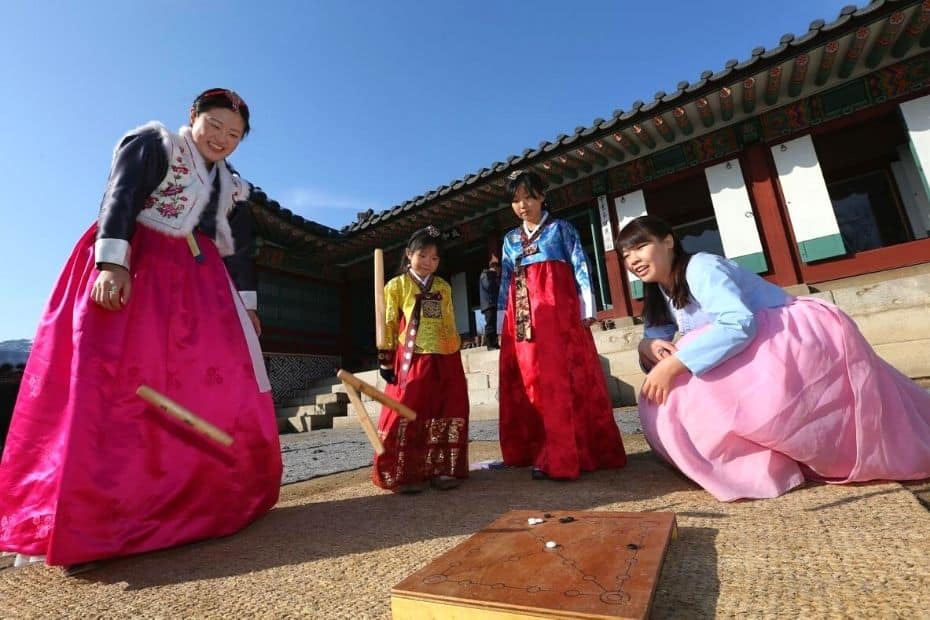
South Korean Holiday Facts
If you’re from the Western world, you may be familiar with holidays such as Christmas, New Year, Halloween, and Easter. Did you know that Korea actually celebrates all of those holidays, too? It’s true, but these South Korean culture facts about holidays show how differently Korea does things. Korea has its own holidays that it celebrates throughout the year, including a day dedicated to a delicious snack. Read on to find out more.
14: Valentine’s Day In South Korea Is All For Guys
On this romantic day, it’s the men who do well in Korea as women are expected to give gifts to their boyfriends or husbands. Unlike other countries that celebrate Valentine’s Day, in South Korea this is a completely one sided day that works out well for Korean men.
Korean ladies don’t need to worry, though, as Korea has a way to make up for this…
15: March 14th Is A Romantic Day For Women
Exactly one month after Valentine’s Day, when Korean men have been showered with gifts from their loved ones, it’s time to return the favour. Known as White Day in Korea, men are expected to give gifts to their girlfriends or wives. And they should be at least 3 times the price of the gift they received! I guess that’s a fair compromise for waiting so long. Male co-workers will often give gifts to their female colleagues on White Day in Korea (and vice-versa for Valentine’s Day) in a non-romantic way.
16: There Are 12 Romantic Days In Korea
On the 14th of every month, including Valentine’s Day and White Day, there is a day dedicated to romance. Most of these aren’t as commercial and are more like reminders to have a bit of romance in your life. Celebrate Kiss Day on June 14th, and Hug Day on December 14th. Don’t have a loved one? Don’t worry, April 14th is Black Day – a time for single people to go out and celebrate. My personal favourite is October 14th – Wine Day. I’m sure you can guess what happens on that day. Dating in Korea can be very complicated!
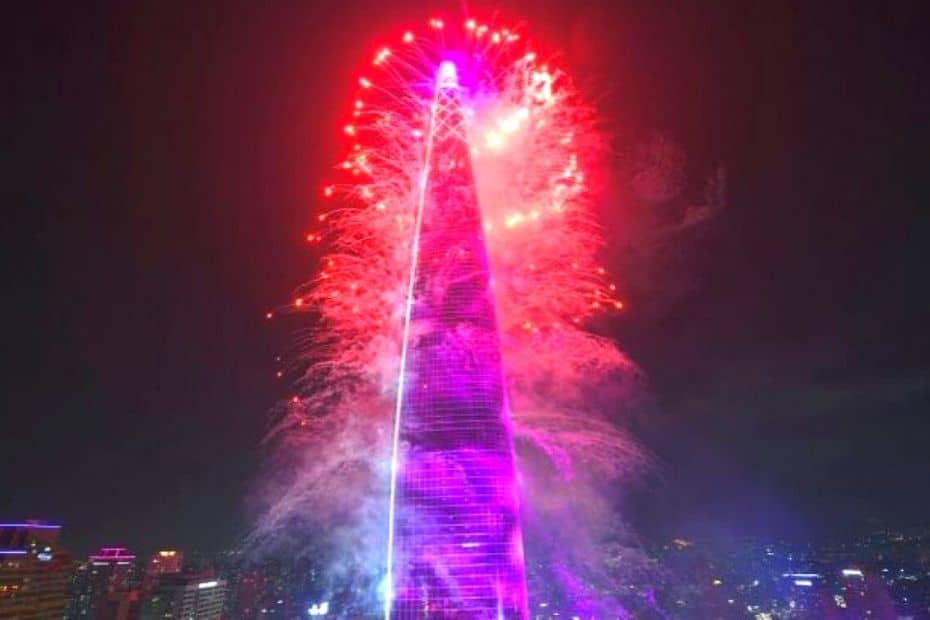
17: Christmas Is For Couples, New Year For Families
Christmas is celebrated in Korea, however, it’s not the same as it is in most other countries. It’s a national holiday, so everyone is off, and during this day couples usually go out for a meal together. Fortunately, you can see lots of Christmas decorations in popular tourist spots like Myeongdong.
On New Year’s Day, families come together and enjoy a number traditional activities and foods, or join in New Year Festivals. There are lots of festivals you can enjoy and one of the big things to do is watch the first sunrise of the year from the coast.
18: Korea Celebrates New Year’s Day Twice
January 1st is the New Year’s Day we all know and celebrate, but there is a second New Year in South Korea called Seollal. Seollal is based on the lunar calendar and changes date each year. It’s a big holiday and millions of South Koreans head back to be with their family for this 3 day break. Travelling around Korea is almost impossible during this time, but staying in Korea’s big cities is a lot more fun as the streets are largely deserted. Fortunately, many tourist attractions are still open, including the royal palaces, which often put on cultural performances to celebrate the holiday.
19: Korea Has A Holiday For A Delicious Snack
Adding to the long list of frivolous holidays in Korea, November 11th is possibly the strangest of them all –Pepero Day. On November 11th, Koreans indulge in boxes and boxes of Pepero – thin chocolate coated biscuit-sticks. Find out how how this day came about, and how it fuels an old rivalry with a close neighbour, in the article below.
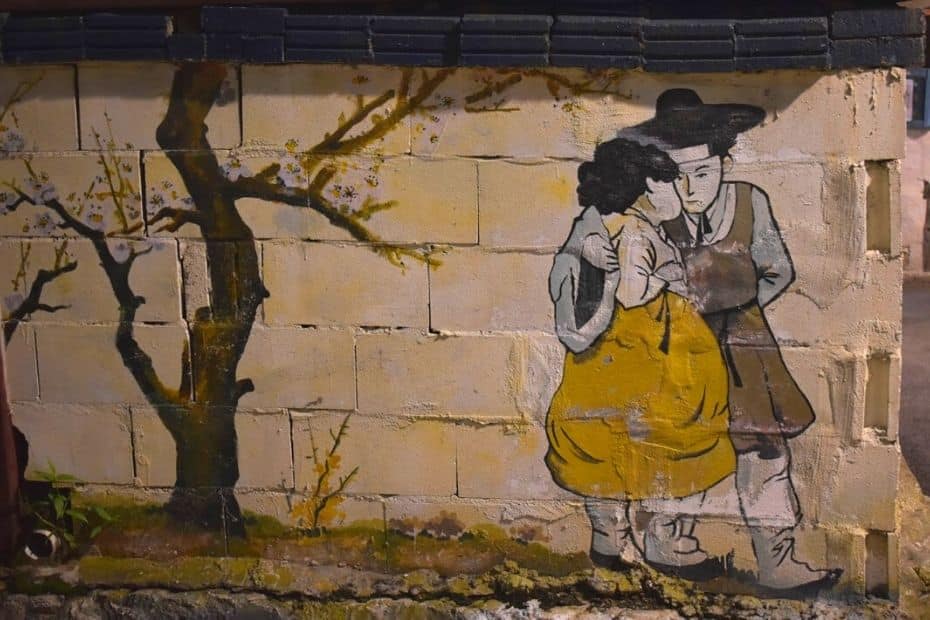
South Korean People Facts
There’s more to Korea than Psy, BTS, Son Heung Min, Ban Ki Moon and the other famous Koreans you might know. Here’s some South Korean culture facts about people that will hopefully show how interesting and diverse they can be. These facts will also offer you some insights into what makes Korean people tick. Everyone around the world is different, but maybe you’ll find some similarities with your own culture.
20: Your Blood Type Is Related To Your Personality Type
One common question that you might hear in Korea is ‘what’s your blood type?’. This isn’t because Korean people are always on the lookout for an emergency blood donor. It’s actually because, in Korean culture, your blood type is said to help people identify what kind of person you are. This is a popular question during blind dates in Korea, where people want to judge whether someone is a suitable match or not.
In case you’re wondering, Type A people are diplomatic and responsible, whilst Type B people are outgoing and adventurous. Type O are friendly and energetic. If you’re a guy and want to succeed on a date in Korea, don’t say that you’re blood type is B, because these unfortunate guys have a reputation for being playboys, which is quite unfair! Yes, my blood Type is B.
21: Koreans Are Some Of The Least Obese In The World
With a diet of healthy foods that include kimchi, bibimbap, and fresh seafood, there’s little wonder why the average level of obesity in Korea, according to the Global Obesity Level Report by the WHO, is among the lowest in the world. In fact, out of 191 countries monitored, Korea was in the lowest 10! It’s probably thanks to all of the delicious traditional Korean foods that keep them so healthy (maybe not Korean BBQ!).
22: Plastic Surgery Is Quite Normal In South Korea
You’ve probably heard that South Korea is the plastic surgery capital of the world (per capita), but the number of people getting plastic surgery may surprise you. It’s estimated that around 25-35% of women in Seoul aged between 19-29 have had plastic surgery. However, before you start imagining excessive personal remodelling, the actual operations often aren’t that significant.
The most common form of plastic surgery is double eyelid surgery, which makes eyes appear bigger by introducing a line in the eyelid. Facial sculpting such as nose, cheek and jaw adjustments, are also common. The expertise developed in the area of plastic surgery has led to big business opportunities for Korean doctors and there is a lot of medical tourism to Korea for plastic surgery and other medical treatments.
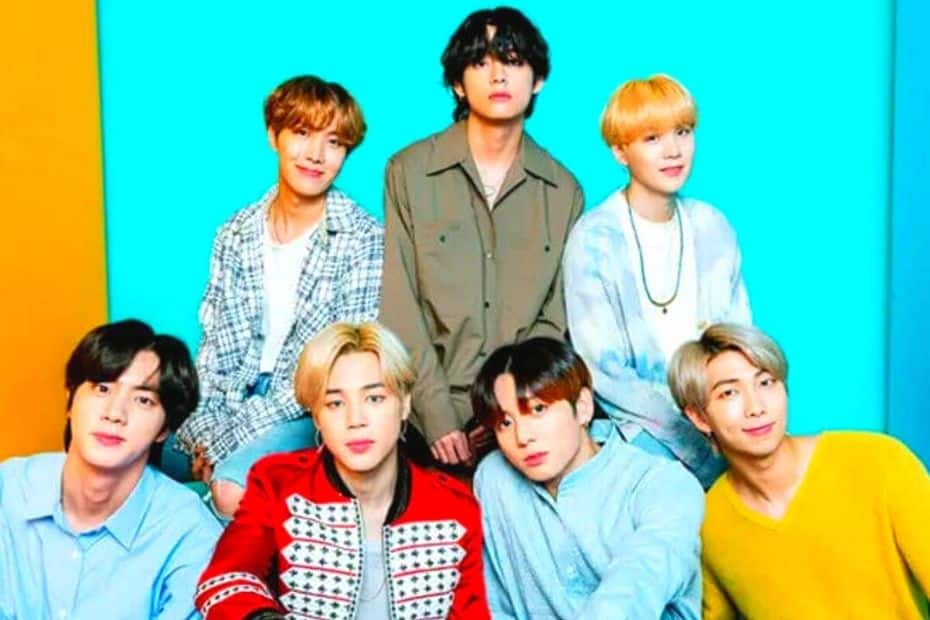
23: Over 20% Of South Korean Men Use Makeup
It’s not just women in Korea who want to look good. The rise of male groups in K-Pop and other forms of K-culture, with their perfect good looks, has encouraged Korean men to embrace makeup. In fact, it’s estimated that at least 20% of South Korean men use makeup on a regular basis. Korean men account for 25% of the world’s male makeup market and help fuel Korea’s massive cosmetic beauty industry.
24: Half Of South Korean People Have The Same 3 Surnames
Over 50% of all people in Korea have the surname Kim, Lee, or Park, with more than 20% of Koreans (10 million people) being part of the Kim family. How did this occur? Well, up until the Joseon Dynasty (1392 – 1910), surnames weren’t common and were mostly used to denote royalty or nobility, which was the case for names such as Lee and Kim.
As Korea grew in wealth, more people started to adopt surnames to give themselves a greater social standing in Korean society. Surname forgery was also common, with people claiming to be from a noble bloodline so they could add a royal-sounding surname to their records. Finally, in 1904, all Koreans were ordered to register a surname, with Lee, Kim, and Park being popular choices, swelling their numbers even further.
25: Many South Korean Families Hire A Baby Naming Expert
Sticking to names, the choice of a baby’s name is serious business. Korean families hire a baby naming expert to make sure they make the right choice. Beyond choosing a name that sounds nice, Korean families also have to consider the Hanja (Chinese characters) that are used to represent the name.
Korean names typically consist of two syllables that match two Hanja with their own meanings combining to make one name. The name Min-Ju, for example, is made up of Min (27 Hanja meanings) and Ju (56 Hanja meanings). The endless combination of syllables and their associated meanings makes naming a baby a big challenge!
There’s a lot more to the naming story as Korean families usually keep one of the syllables the same for all siblings, known as dollimja, so they’ll have the same syllable in all their names.
26: Private Education Is A Massive Industry In Korea
Although Korean students have access to a great public education system, which I’ve personally been part of as an EPIK teacher in Korea, they spend a crazy amount of time and money in private education. In 2019, Koreans spent an average of 321,000 KRW ($270 USD) per student each month for private academies and tutors. Almost 75% of students attended private education and they spent an average of 6.5 hours studying (as well as their normal school hours).
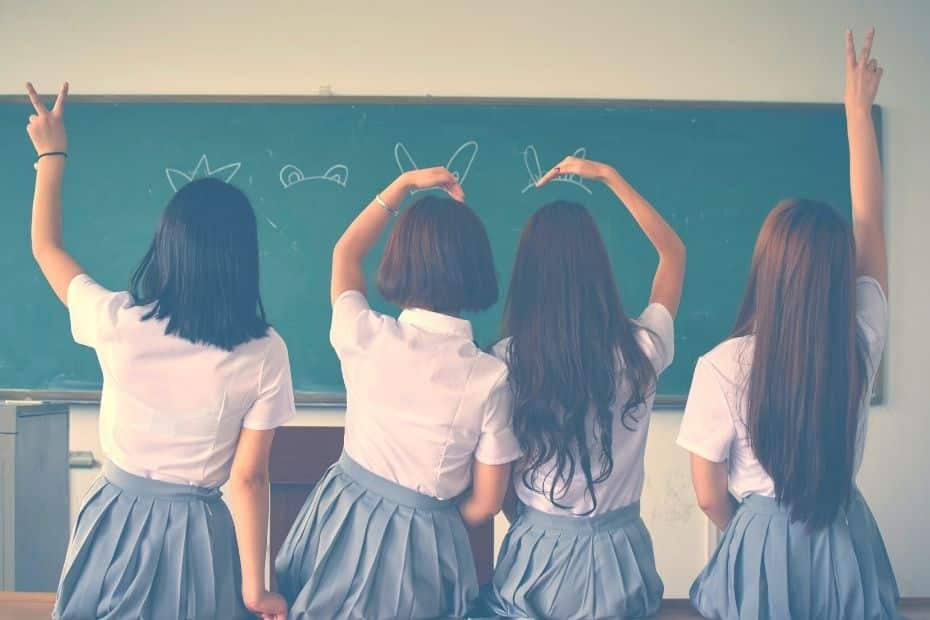
27: High School Students Spend Up To 16 Hours Per Day Studying
The life of a high school student in Korea is not easy. They spend an average of 12 – 16 hours per day studying. The Korean high school exams (SATs) are considered to be one of the most important tests they’ll ever take and the results can define the rest of their lives. Failure to achieve the highest marks possible means you won’t get into an elite Korean university, thus excluding your from that elite job at Samsung or LG.
These tests are ridiculously overweighted and the pressure to pass them is intense. Students who fail the exams can take a year out to study for the test and try to pass it again at the grade they need. That’s why Korean high school students spend all day (and night) studying hard to pass the Korean SATs.
Fortunately, they don’t need that much sleep…
28: People In Seoul Get The Lowest Amount Of Sleep
Out of all major urban areas, Seoulites are said to have the lowest level of sleep, getting an average of 6 hours per night. According to a survey in Korea, the average Korean gets 6.5 hours sleep per day, much lower than other countries. Koreans don’t seem to have noticed their lack of sleep, though. Could it be something to do with the high level of coffee drinking and the many 24 hour cafes in the country?
29: Koreans Have One Of The Highest IQs In The World
What does all this hard work at school and lack of sleep get you? A high average IQ for your future generations, according to a report on the world’s IQ levels. Based on the current level of intelligence among its citizens, Korea ranks 4th in the world for IQ. However, when school test results are taken into account to predict future IQ levels, Korea moves up into 2nd place behind Singapore. It seems that all that investment in education was a smart move.
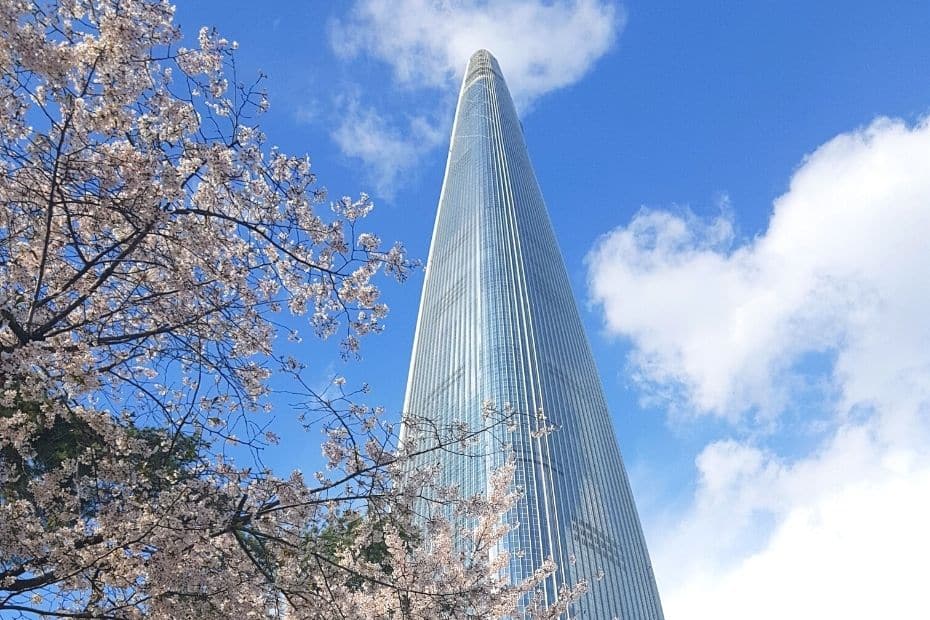
South Korean Life Facts
Expat life in Korea is a mixed bag – from surviving typhoons and a hot & humid summer, to surfing on the world’s fastest Internet and having an incredible variety of beaches and mountains to relax in. These amazing South Korean culture facts about life in Korea will shine the spotlight on what it’s like to live in Korea, a place I’ve called home for more than 5 years now.
30: South Korea Has The World’s Best Internet
Korea has been pushing Internet access as one of the ways to improve its competitiveness in the modern world for more than a decade now and has topped the list of the world’s fastest Internet speeds for many years now. Both home and mobile Internet speeds are incredible and after 5 years travelling across most of Korea, I’ve rarely lost connection, even in the highest mountains.
31: Korea Was The First Country To Fully Adopt 5G
Not only does Korea have the fastest Internet, it was also the first country to have 5G network access across the country back in April 2019. Now you can find 5G ready phones and Internet connections in lots of places across Korea, even free 5G WiFi connections in cafes, public places, and train stations. In fact, I’m using free 5G Internet in a cafe right now to write this list of South Korean culture facts!

32: The World’s Busiest Air Route Is Between Seoul & Jeju Island
Not only does Korea have one of the best airports in the world, Incheon Airport, it can also claim to have the most crowded air route between two destinations. The busiest air route in the world is between Seoul and Jeju Island, which sees over 14 million passengers flying this path each year. With Seoul’s many awesome activities, and Jeju’s gorgeous natural wonders, it’s little wonder that people want to travel between the two very different regions. If you want to visit, I recommend going to Jeju Island in winter. It’s not as busy, warmer than the mainland, and has unique winter attractions to enjoy.
33: More Than Half Of All Koreans Live In The Seoul Capital Area
Capital cities often attract a lot of people who are looking to be at the forefront of economic, social, and cultural development, but few can claim to have such a draw as Seoul does for Koreans. The Seoul Capital Area, which makes up the metro area surrounding Seoul, has drawn in more than 50% of the entire Korean population – over 25 million people – into 12% of the country’s land.
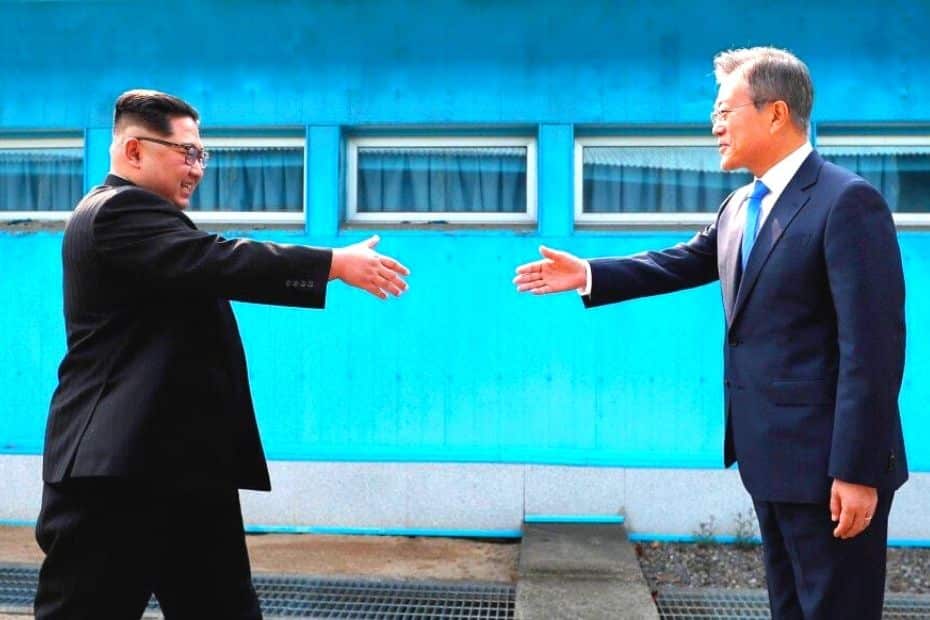
34: North Korea And South Korea Are Still At War
Although the hostilities between North Korea and South Korea mostly ceased in July 1953, the Korean War never actually came to an end, with both sides declaring a military stalemate. There has never been a peace treaty, despite recent efforts between Moon Jae In and Kim Jong Un. Although the war is officially still going, and the DMZ is one of the most heavily militarised places on the planet, life in South Korea moves on without paying it much attention.
35: The World’s 6th Tallest Building Is In Seoul
Visitors to Seoul will have a hard time missing the Lotte World Tower, currently the world’s 6th tallest building. This monumental skyscraper in Jamsil was completed in 2017 and stands at an impressive 556 metres high. On the 117th to 123rd floors of the Lotte World Tower is the Seoul Sky Observatory, where you can enjoy incredible 360 degree views of Seoul and the Han River below. Outside the Lotte World tower is another famous Lotte-owned attraction – Lotte World Theme Park, a wonderful place for family fun days out in the capital.
36: A Church In South Korea Has The World’s Largest Congregations
When you think of mega-churches, you probably think of super-sized buildings in the USA with thousands of people worshipping inside. However, if you want to find the world’s largest congregation each week, you’ll have to visit Seoul. The Yoido Full Gospel Church in Seoul has been recognised by the Guinness Book of Records for its immense weekly congregations. Over 200,000 people attend each week, but the number of members is said to be over 1 million.
37: The World’s Largest Department Store Is In Korea
You’ve probably noticed that Korea likes to be number 1 in many things. To continue this trend, Korea also has the world’s largest department store, which is the Shinsegae Department Store in Centum City in Busan. Built in 2009, it stole the crown of world’s largest department store from Macy’s in New York. The luxurious department store spreads over nearly 5,500,000 million square feet, and houses an ice skating rink, premier spa, indoor golf range, rooftop garden, and dozens of shops, cafes, and restaurants.
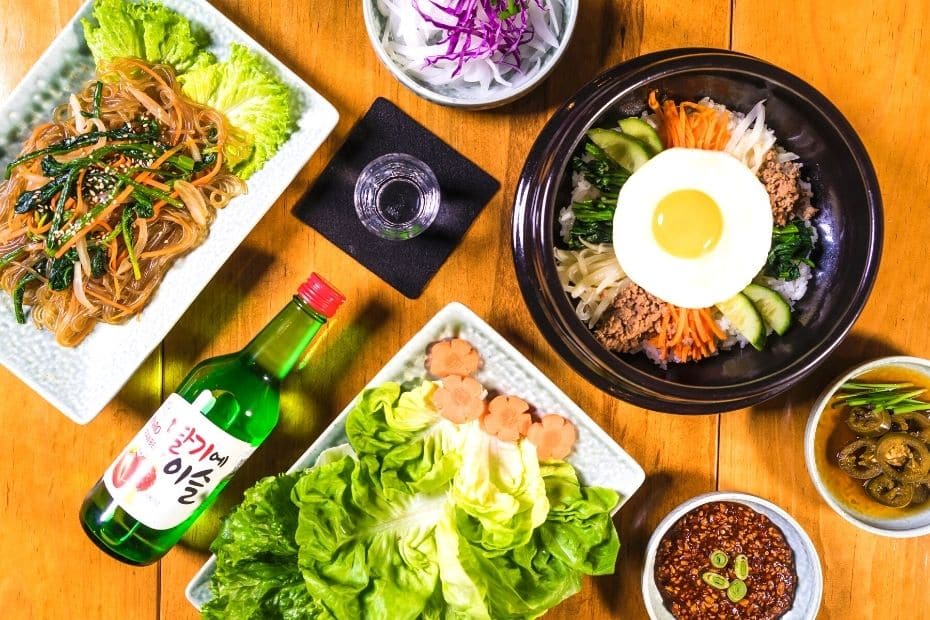
South Korean Food & Drink Facts
Not only are there countless amazing traditional Korean foods to enjoy when you travel in Korea, there are also some interesting facts about Korean eating and drinking habits to digest. You might be quite surprised at how extensive Korea’s love of kimchi and their national drink is. Dine on these delicious South Korean culture facts about food and drink and see if it whets your appetite.
38: South Korea Uses Metal Chopsticks
Unlike other parts of Asia, where chopsticks are often made from wood or plastic, Korea is the only country that has adopted the use of metal chopsticks. The reason Korea adopted metal chopsticks originates with the Korean love of emulating royalty, who used silver chopsticks at the time. Rather than using silver, the average person could only afford basic metals, which is why most chopsticks are now made with stainless steel.
39: The World’s Best Selling Spirit Brand Is Jinro Soju
The most popular spirit brand in the world is Jinro Soju. The fact that it’s not sold in many countries shows just how much Koreans love their national spirit – soju. Jinro Soju, which features a distinctive blue bottle and a blue frog on the label, is so big that it sells more than double the next biggest spirit brand! Soju is a clear spirit that’s typically around 20% in strength, is super cheap (1,500 KRW), and sold in many places across Korea.
40: Koreans Drink More Alcohol Than Any Other Country In Asia
Korean people’s love of soju probably helps to explain how they’re also the biggest drinkers in Asia, and 17th in the world for alcohol consumption per capita. Drinking alcohol when you eat out is quite common in Korea, with soju and Korean beer readily available at most restaurants for a low price. Korean culture also presents many opportunities for people to drink together to form social bonds, with work and social gatherings usually featuring alcohol.
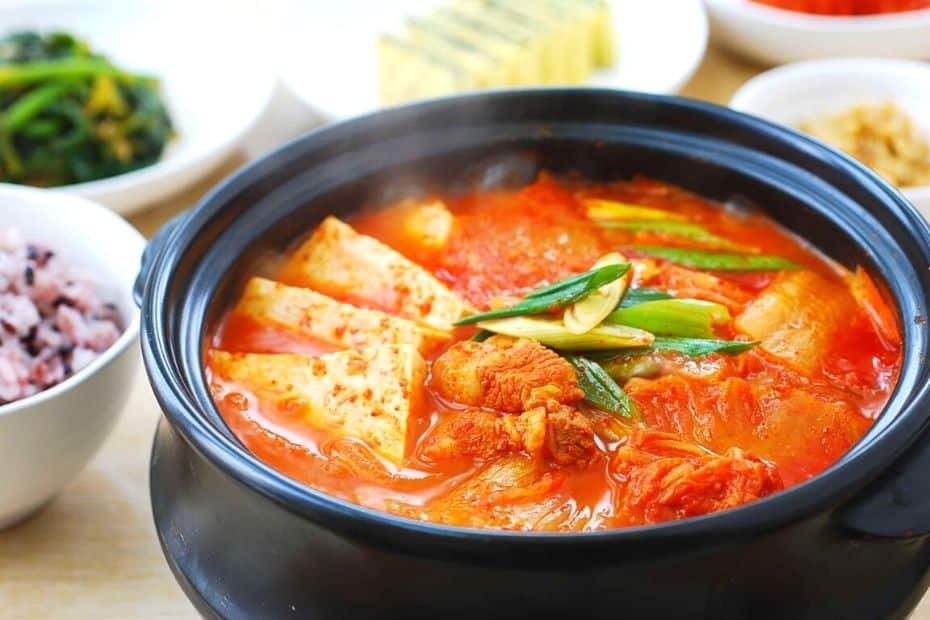
41: There Are Over 200 Types Of Kimchi
Kimchi is Korea’s most eaten food item and is included with most meals and makes a great addition to a whole range of Korean dishes. However, you might not be aware that there are many different types of kimchi available – more than 200! The one that most people are familiar with (pictured above) is baechu (cabbage) kimchi, which is made by seasoning napa cabbages with various ingredients and then fermenting them.
Kimchi can be made from many other vegetables though, including other varieties of cabbage and radish, chives, onions, and cucumbers, as well as dozens more. There are also lots of different ways to prepare kimchi and seasonings you can use to adjust the flavour and texture. You can learn more about kimchi in Seoul by visiting the Kimchi Museum in Insadong or taking a kimchi making class in Myeongdong.
42: People In South Korea Say Kimchi When Taking A Photo
To show their love for their national dish, people in South Korea say ‘kimchi‘ when posing for a photo. It has the same effect as saying ‘cheese’ as they both have the same ‘ee‘ sound, leaving you with a smile on your face – perfect for a photo. Don’t forget to also make the ‘peace’ sign by making a V with your index and middle fingers for that perfect Korean photo pose.
43: You Can Eat Out At Home In Korea
Want some freshly cooked Korean food from your favourite restaurant but can’t be bothered to go out? Or maybe you’re stuck at home doing self-quarantine? Then Korea is the best place to be as most restaurants will deliver to your home. Home delivery services have been gaining popularity around the world now, but Korea has been doing it for ages and the sight of scooter-riding delivery drivers zooming along the pavements and jumping red lights is familiar to all Koreans.
You can download apps such as Yogiyo or Baedaltong, select what you want to eat, and it’l be delivered directly to your home. Some restaurants even collect the plates and bowls afterwards, which is a great way to reduce the environmental impact of takeout food.
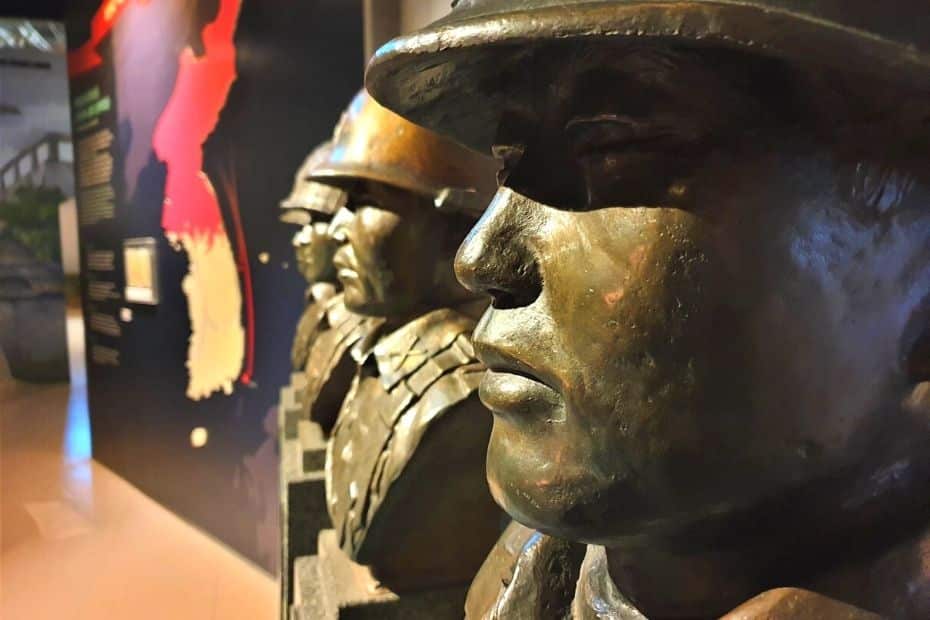
South Korean History Facts
Sandwiched between two cultural giants (Japan and China), Korean history often gets overlooked, which is a tragedy. There’s a lot to see and learn about in Korea, including some amazing UNESCO World Heritage Sites and world-class museums and galleries. Korea also has some interesting stories to learn about. These South Korean culture facts about Korea’s history are also useful to show how knowledgable you are about the world, and are great trivia knowledge.
44: Korea Has 14 UNESCO World Heritage Sites To Visit
Featuring 14 UNESCO World Heritage Sites (13 Cultural Heritage & 1 Natural Heritage), Korea has a lot to offer tourists who want to learn more about the country. Travellers to Seoul can find many important cultural sites to visit, including the Changdeokgung Palace Complex and Jongmyo Shrine, as well as the nearby Hwaseong Fortress and Namhansanseong Mountain Fortress.
One of the most impressive is the Gyeongju Historic Area. Known as the world’s largest outdoor museum, there are several areas of interest and dozens of historic monuments to see. Nature lovers will be impressed by Korea’s Natural Heritage Site – Jeju Island. The island itself makes up the site, as well as the lava tubes that run throughout the island, making up some of the world’s largest caves formed by magma flow.
45: The Name ‘Korea’ Has Several Meanings
There are several meanings of the name ‘Korea’ that have developed for various reasons. Korea got its name in English during the 17th Century when it was transliterated from Chinese characters that were used to represent the Kingdom of Goryeo (the largest of Korea’s famous Three Kingdoms). The meaning of ‘Goryeo’ is ‘high centre‘ or ‘high walled city‘, depending on the interpretation. Another interpretation from this name is ‘land of high mountains and sparkling streams‘, which is appropriate as Korea has many of these.
To South Koreans, Korea as a whole is known as ‘Hanguk‘, or ‘country of the Han‘ – which again references the people of the Three Kingdoms of Korea. However, ‘han‘ was also used to mean ‘big’ or ‘great’, which would make Korea ‘big country‘ or ‘great country‘. Finally, Korea is also known as ‘Joseon‘ (after the Joseon Dynasty that ruled Korea from 1392 to 1910) by several other East Asian countries, which translates to ‘Land of the Morning Calm‘ – which is one of the more common ways South Korea is now referred to.
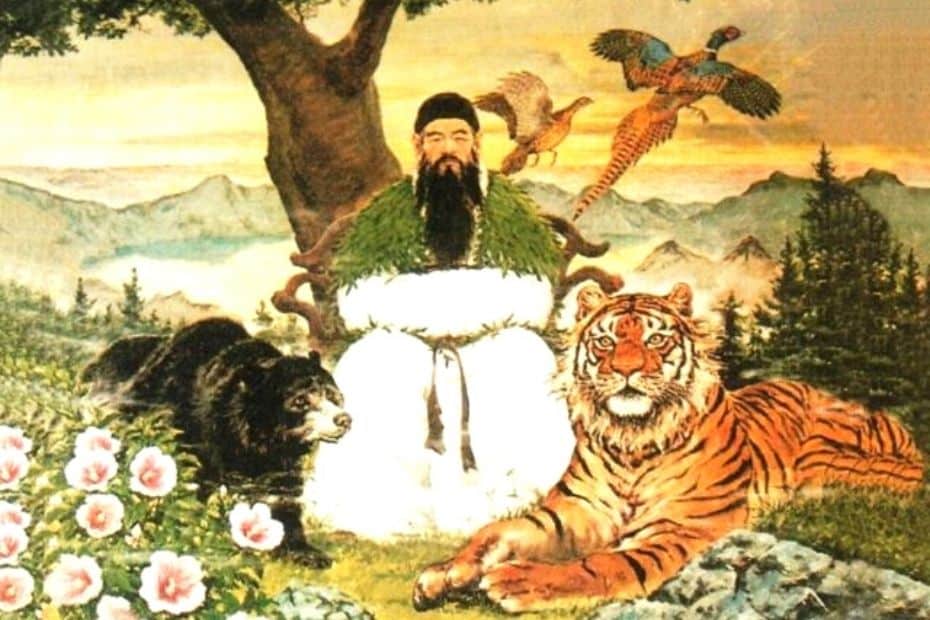
46: The First King Of Korea Was Born From A Bear
There are several creation myths about how Korea came to exist, but one of the loveliest, and most commonly retold, is the myth of Dangun (Tangun). Dangun was born from Hwanung, a Heavenly Prince, and Ungnyeo, a bear who became a woman. How did his mother turn from a bear into a woman?
The myth goes that a bear and a tiger both desired to become human beings. Hwanung said they must shun sunlight for 100 days by living in a cave and only eating food that he provided them, which was some mugwort and 20 cloves of garlic. The tiger failed and ran away into the forest after 20 days, but the bear succeeded and won Hwanung’s approval.
As a reward, Hwanung turned the bear into a beautiful woman, Ungnyeo – which is ‘bear woman’ in Korean. They then got married and Dangun was born, who went on to become the first king of Korea, ruling Korea (Gojoseon) for 1,500 years.
47: The World’s Oldest Surviving Astronomical Observatory Is In Korea
Long before Galileo Galilei was looking up at the night sky from Italy, Korean astronomers were visiting Cheomseongdae Observatory in Gyeongju to figure out the movement of stars and planets in the dark skies above. The stone pavilion, which is still standing today after more than 1,300 years, is made up of 362 stones, which represent the 362 days in a lunar year.
The Cheomseongdae Observatory helped Korean astronomers to work out the Vernal Equinox, Autumnal Equinox, Summer & Winter Solstices, and the 24 solar terms (astronomical solar year) through their dedicated study of the stars. They also used the observatory to work out directions of north, east, south, and west. If you’re visiting Gyeongju, be sure not to miss it.
Find out more about Korean history by visiting the historic city of Buyeo, a UNESCO World Heritage City and great place to learn about ancient Korea.
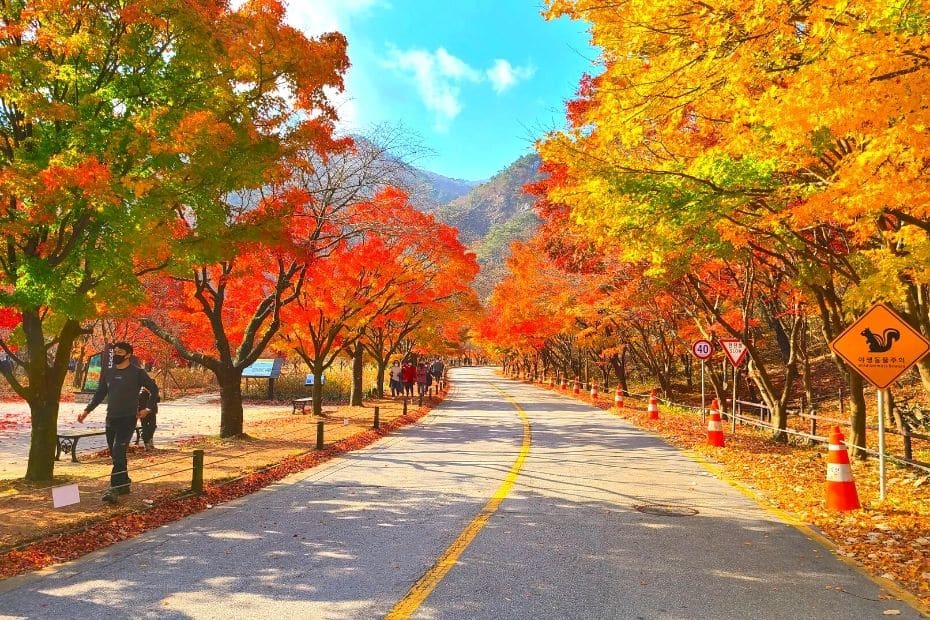
South Korean Nature Facts
From high, cloudy mountain peaks, to sandy shores and thousands of islands dotted along the coasts, Korea has an abundance of natural beauty to witness and enjoy. These beautiful South Korean culture facts about nature will give you lots of reasons to get out of the cities and see more of the stunning Korean countryside.
48: There Are Bears In South Korea’s National Parks
Whilst trekking through some of Korea’s largest national parks, you have a tiny chance to see one of Korea’s symbolic animals – the Asiatic black bear. Featuring a distinctive v-shaped white patch on it’s chest, these bears used to be common in Korea but now roam the remote parts of Jirisan National Park, Seorsaksan National Park, and the DMZ.
49: There Used To Be Tigers In South Korea
Korea’s national animal is the Siberian tiger, which you may have spotted if you saw the mascots for the 2018 Winter Olympics. Sadly, there are no more tigers in Korea, but there used to be. Known as the Amur tiger in Korea, these animals play a strong part in Korean mythology, including the myth of Dangun mentioned previously. They were believed to be the guardian of the people and would drive away evil spirits. The last tiger in Korea was killed in 1922 in Gyeongju.
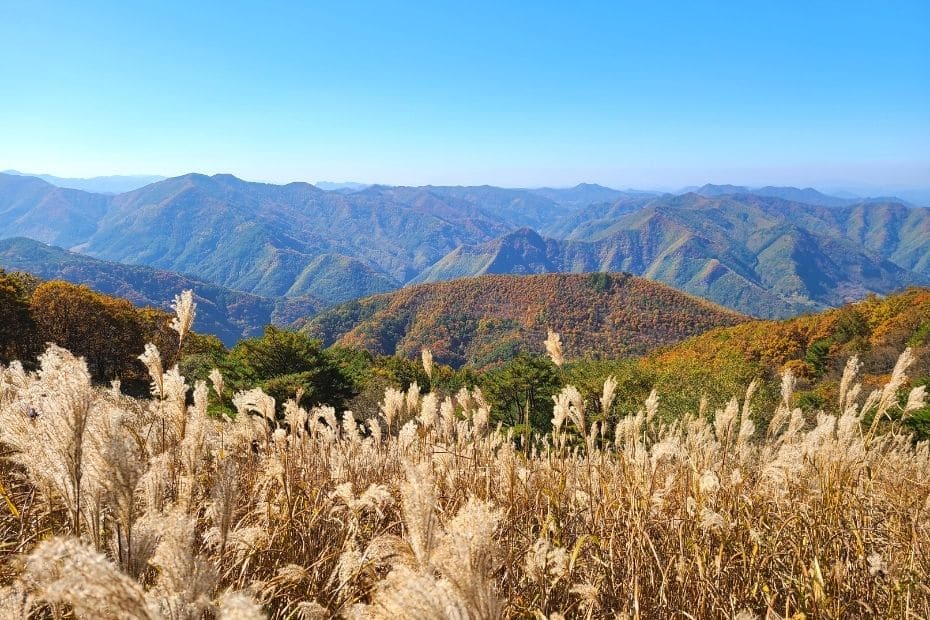
50: Approximately 70% Of South Korea Is Mountainous
Talking of mountainous regions, South Korea certainly has a lot of them. Like a country bursting out of the land and climbing for the sky (another of Korea’s creation myths), the majority of Korea is uplands or mountains, with the few areas in Korea at a lower level being areas where the mountains have eroded away. This makes Korea an incredible place to hike and trek (one of the reasons I love living here), but also very hard to build cities.
51: South Korea Only Has 1 Active Volcano
Despite being located on the infamous Ring of Fire, Korea is a relatively stable place geologically. The only active volcano within South Korea’s borders is Hallasan on Jeju Island. Although it’s technically active, it hasn’t erupted in centuries. The volcano represents most of Jeju Island and if you climb to the top, you can see the entire island on a clear day. The volcanic ash and sand released from Hallasan has made Jeju Island an extremely fertile place and led to the lush nature that now grows on the island.
52: Jeju Island Is One Of The 7 New Wonders Of Nature
Not only is Jeju Island recognised as a UNESCO Natural Heritage Site, it’s also listed as one of the 7 New Wonders of Nature. This prestigious accolade is well deserved and any visitor to Jeju Island will attest to the impressive natural beauty that can be found on the island. From the imperious Hallasan mountain that dominates the landscape, to the choppy seas, sandy coasts, thick forests, and many beautiful spots dotted across the island, Jeju Island has an impressive array of nature to appreciate.
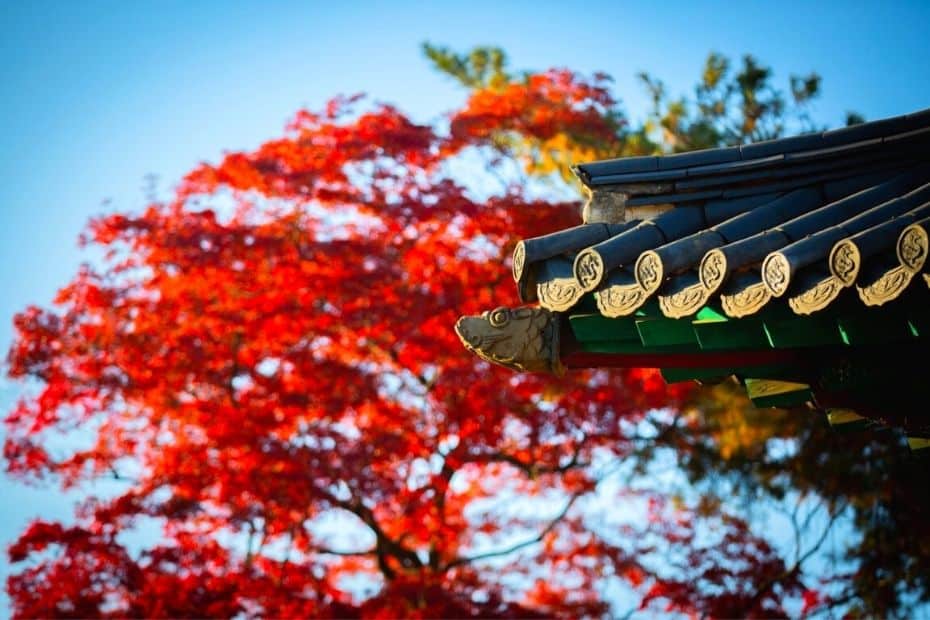
Want More South Korean Culture Facts?
If these 50 South Korean culture facts weren’t enough for you, I have a range of other articles all about living and travelling in Korea. You’ll find lots of other fascinating facts and insights that I’ve learnt from living in Korea for more than 5 years.
Some of the best ones for people interested in knowing more about Korean culture, history, and life in Korea in general are below. I hope you enjoy them.
Learn about what it’s like to live in Korea as an expat, and find out about the wonderful unique Korean experiences you can enjoy as a traveller or resident. Understanding Korean etiquette and cultural ruleswill help you settle in and make friends. And if you stay for a long time, you might even want to know about what it’s like dating in Korea.
And if you’re not sure where to get started on an adventure to South Korea, these articles will help you when planning and budgeting your trip.
Pre-planning Tips For South Korea
Basic Korean Phrases For Travellers
Korean Phrases For Eating Out
Cost To Travel In Korea
Liked This? Pin It For Others
If you enjoyed reading this article, then please go ahead and share this with your friends on Pinterest.
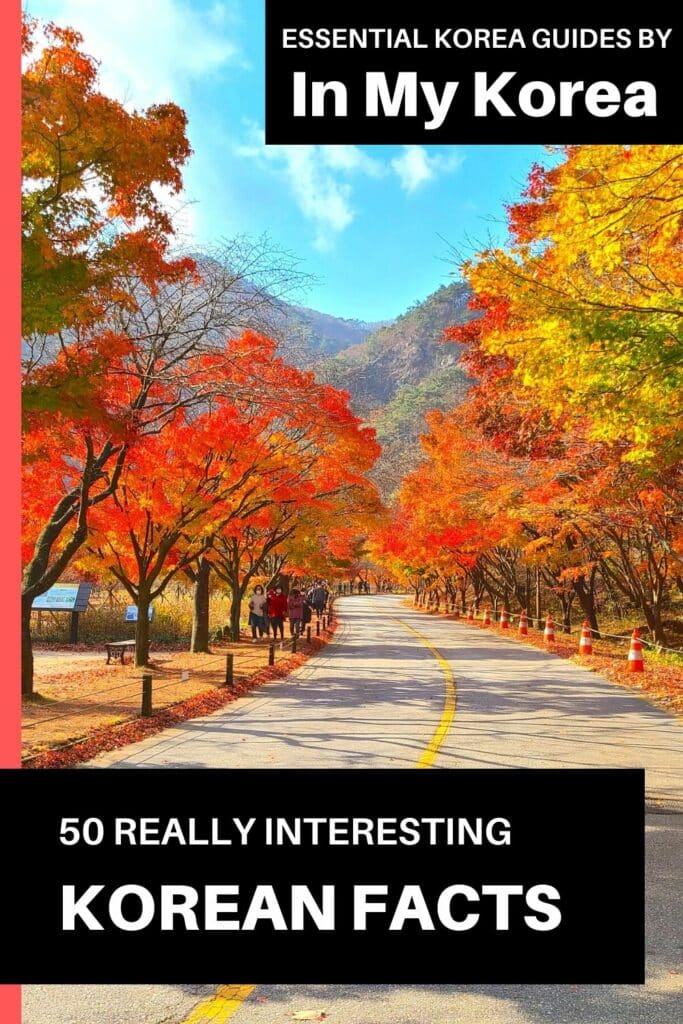
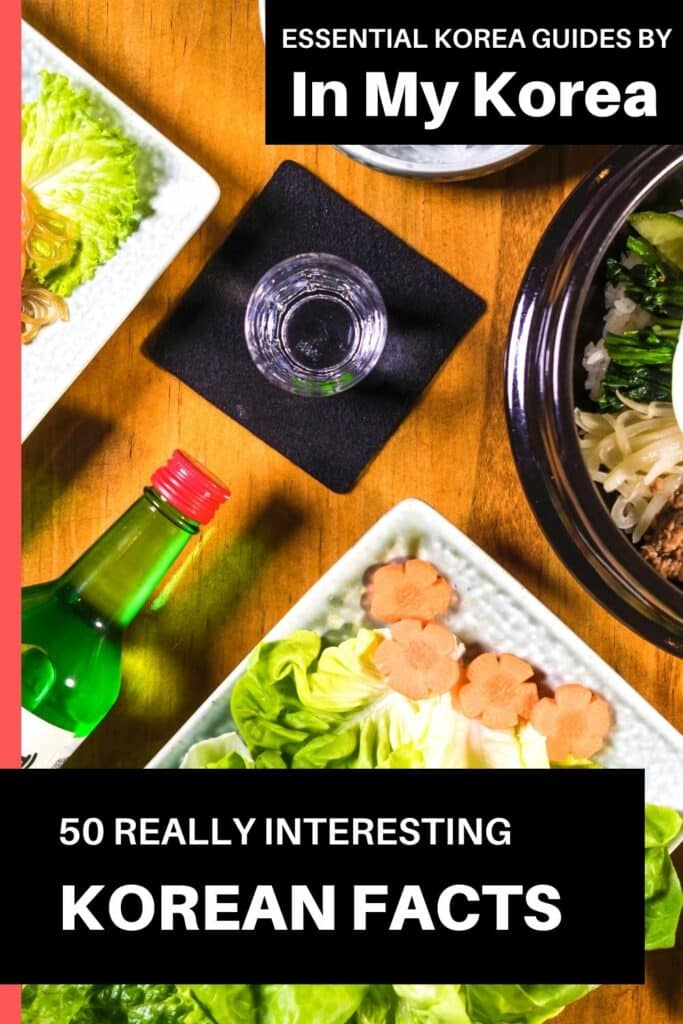
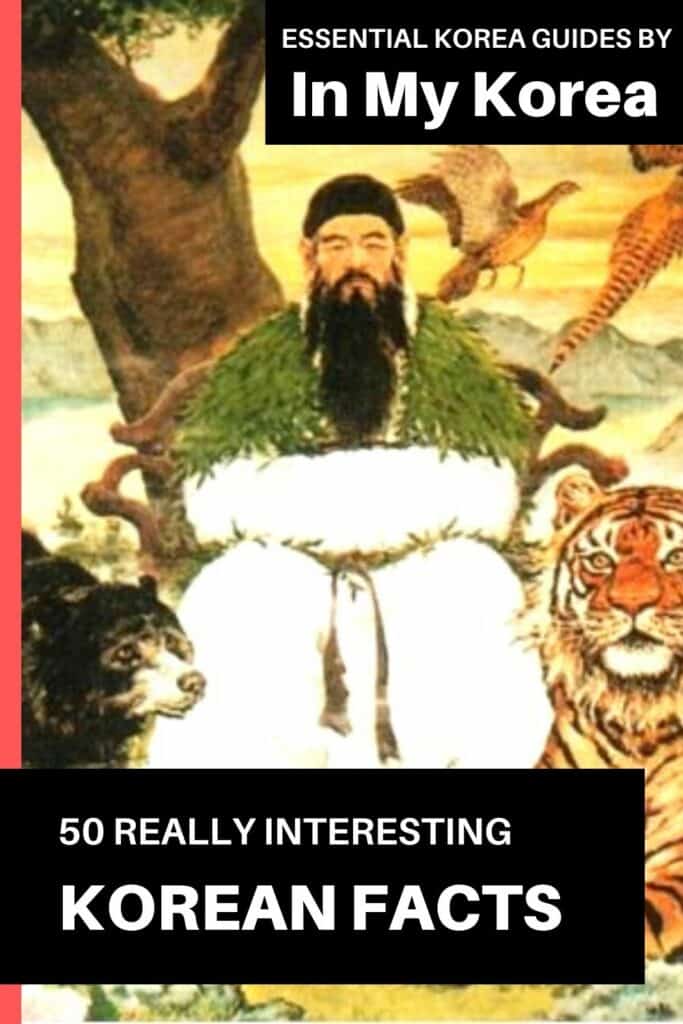
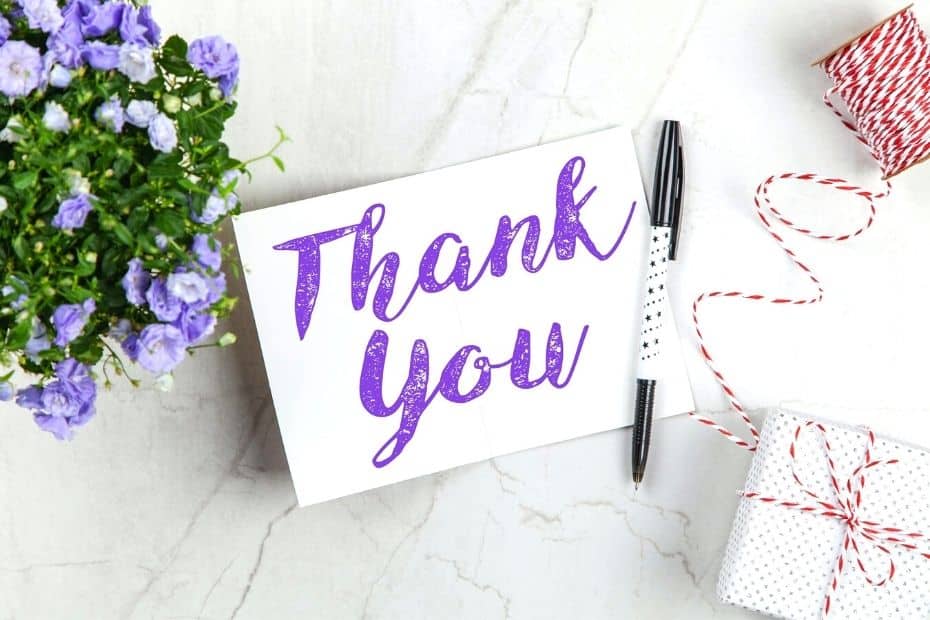
Share Your Thoughts
If you enjoyed reading this article, or if you have any thoughts about it that you want to share, please feel free to leave a message in the comments below. I’d love to hear your feedback about this article and the subject.
Thanks for reading. If you want to help me to create more great content in the future, why not buy me a coffee?

Related Articles

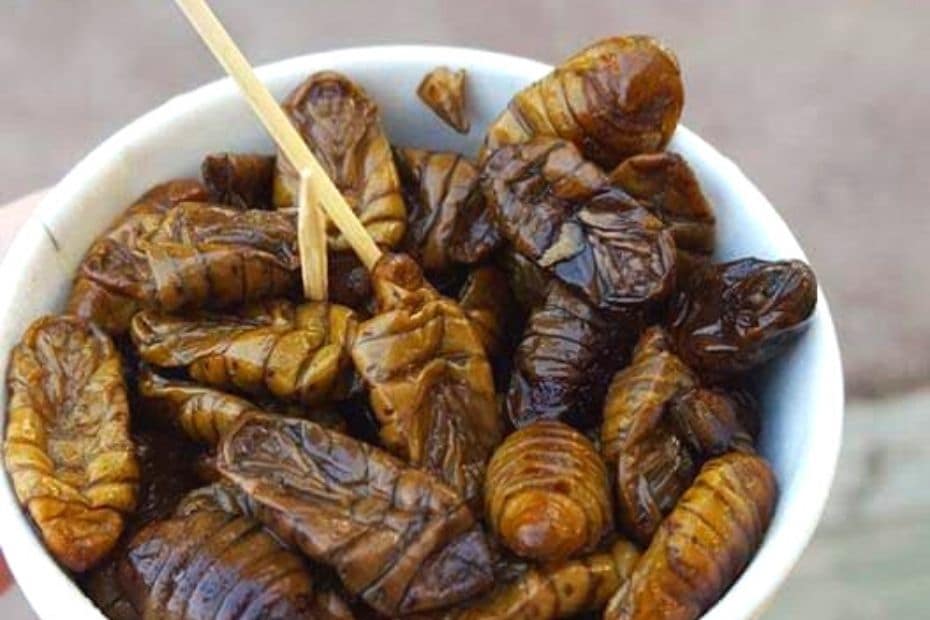
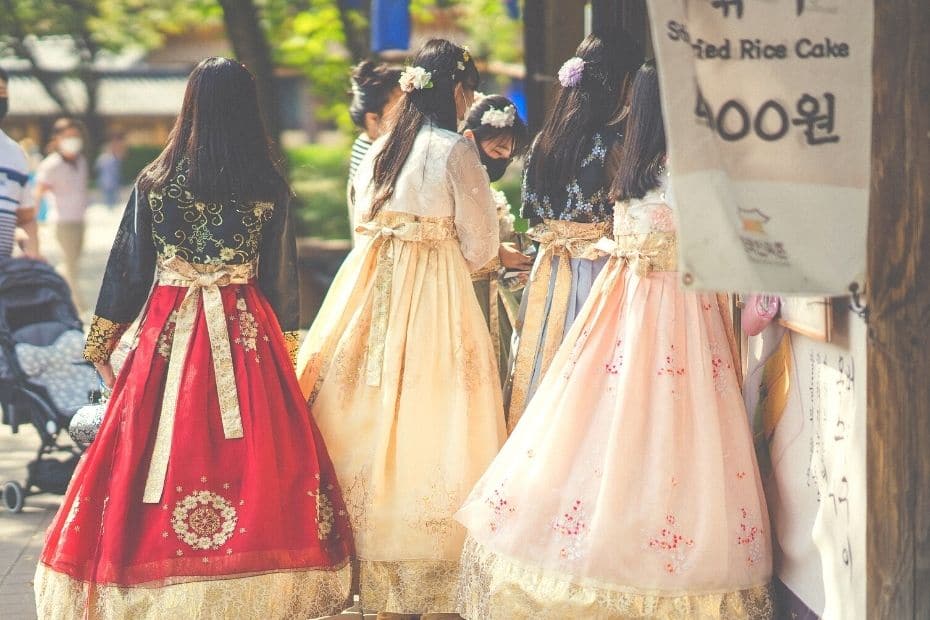
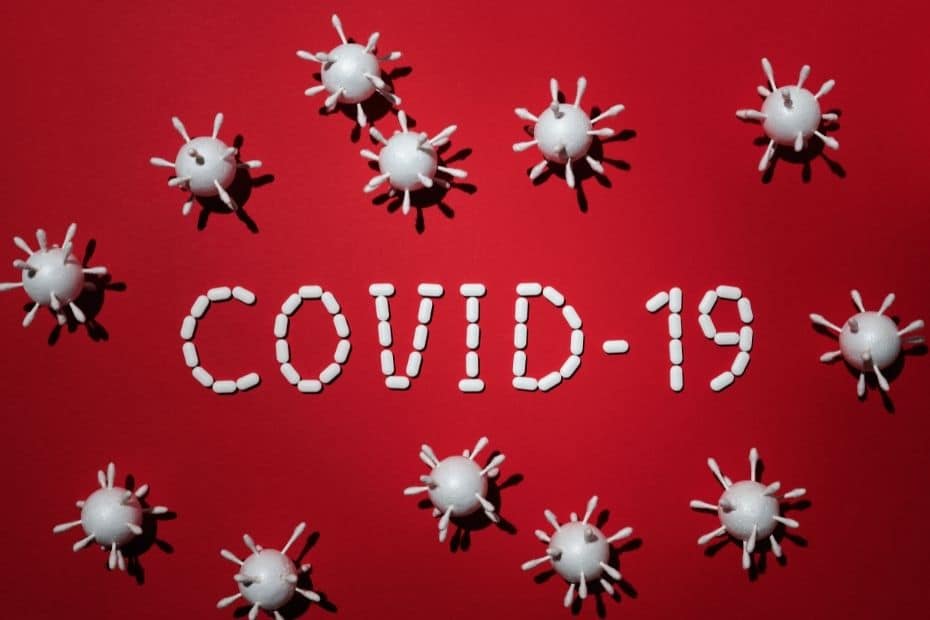
Interesting culture